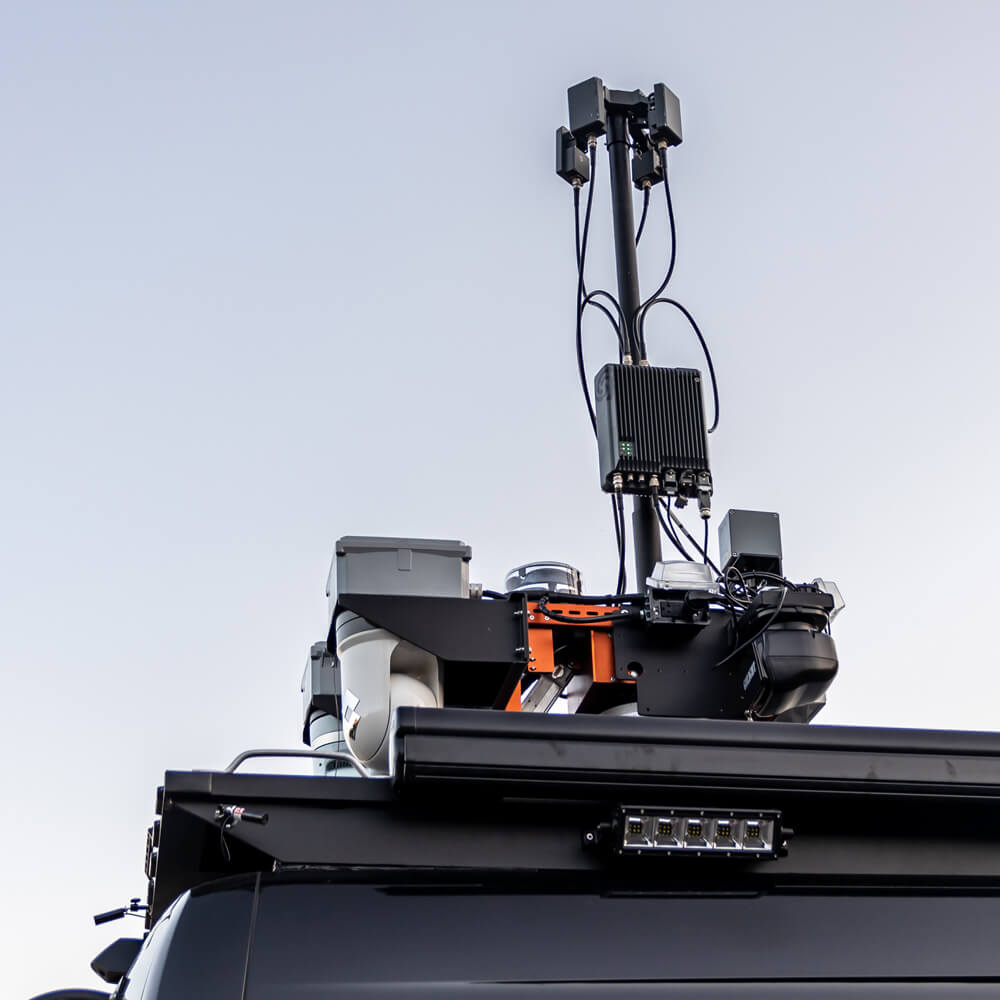Manned aircraft now must share already-crowded airspace with some newcomers – Unmanned Aerial Vehicles (UAVs). Commonly known as drones, UAVs are finding valuable roles in a variety of applications. Nevertheless, their accessibility poses a serious threat to lives and infrastructure if left unregulated. In this article, we discuss taking on the difficult challenge of airspace security.
The Problem
An unauthorized drone entering sensitive airspace could mean one of several things. The pilot could be entirely oblivious of restrictions, or they could be deliberately reckless, trying to capture footage or imagery without authorization. trying to get a shot. The most dangerous pilot, of course, is the one intent on damaging property or harming people.
Any one of these scenarios is a serious security risk. Unfortunately, they are not just hypotheticals. Last month, Houthi rebels used drones to attack Saudi energy and desalination plants. Last year, two individuals were apprehended smuggling contraband into an Ohio prison with a drone. Equally worrisome is the threat to airport safety, proven by the famous incident in 2018 that shut down London’s Gatwick airport for two days or the recent violations in Sydney. The list goes on.
These examples represent potential scenarios at any number of events and locations. Without protective measures, concerts, venues, parades, and festivals are all susceptible to a drone accident or attack. Drones are also tools for potential spying. Government buildings and company infrastructure need to protect sensitive information from flying cameras, which is essentially what a drone is in simple form. As you can see, the list of possible security breach scenarios is long.


UAS Threat Breakdown
- Illicit/threatening information-gathering
- Signals interference
- Physical harm or destruction
The Solution
Counter UAS consists of two main elements: detection and mitigation. Each one requires special considerations and equipment.
Detection
Discreet size and pilot anonymity are primary factors of why drones can be so dangerous. They often can’t be seen or heard until it’s too late. Forcing a pilot to be compliant with orders is near impossible unless they happen to be on-scene. Practically speaking, a malicious pilot won’t allow themselves to be visible, piloting the UAV at a distance and most likely under cover.
Fortunately, many drone detection systems exist, ranging from shorter-range handheld devices to larger wide-reaching fixed installations. Most operate on signal detection, picking up a drone’s transmission signal or GPS frequencies. Based on the transmission protocol, operators know the type of UAS and its location. With some systems, they know its trajectory and the pilot’s location. More elaborate detection methods use radar to detect the physical airframe within a specific radius.
Mitigation
Detecting a drone is necessary to alert authorities to the incident, but detection alone won’t deter a drone. Mitigating a threat is as important as detecting it. There are two types of UAS mitigation devices: non-kinetic and kinetic. Non-kinetic systems interfere with the transmission signal, forcing the UAV down. They’re silent and proven to be effective. Kinetic systems, on the other hand, launch projectiles like nets to take it town. Each one has its merits and operational limitations.
Conclusion
The significant risks caused by drone activity need to be acknowledged and incorporated into security protocols. They are no longer a mere nuisance – they are a persistent threat. AGM Security possesses the expertise and specialized equipment needed to detect and mitigate UAS threats regardless of for whom, what, or where the need for security exists. Capable of deploying globally, AGM stands ready to enhance security with complete, multi-layer coverage across multiple domains. Secure sensitive infrastructure, assets, and operations by speaking to an AGM representative.


